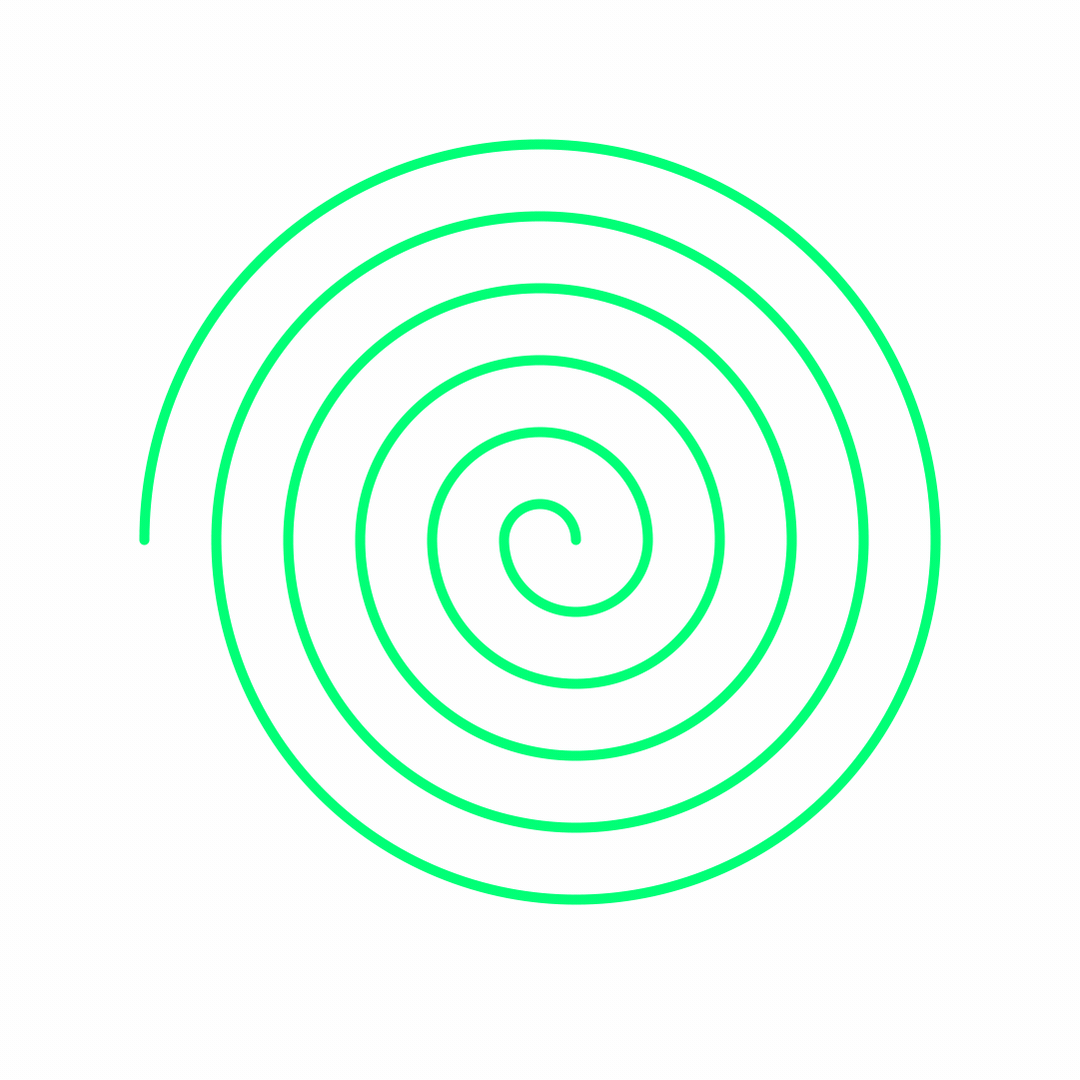String-based Geometry.
If you had to make precise drawing by hand, how would you do it? You might reach for a ruler, compass, or protractor. Now, what if you wanted to make a precise drawing the size of a football field? Today, this might be done using GPS or drones, but imagine you were alive during the Bronze Age and didn't have access to any of that technology.
String-based geometry offers one solution for making large and precise drawings without the use of modern technology. Using just string or rope and other simple tools, it might sound like the options for what can be drawn would be somewhat limited: maybe some lines and circles. In fact, by combining simple geometric operations in specific sequences of steps, it becomes possible to build up an incredibly elaborate drawing.
Click the links below to learn about some of the geometries that can be used to create a string-based drawing.
Fundamentals
Composite Operations
Is there a geometry you want to see us break down? Let us know here















